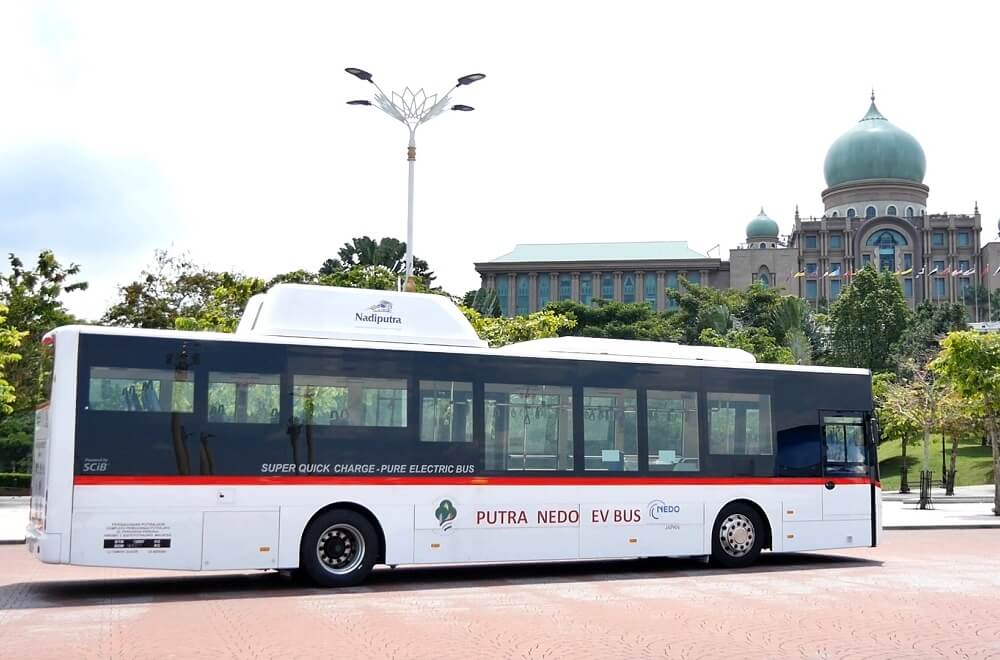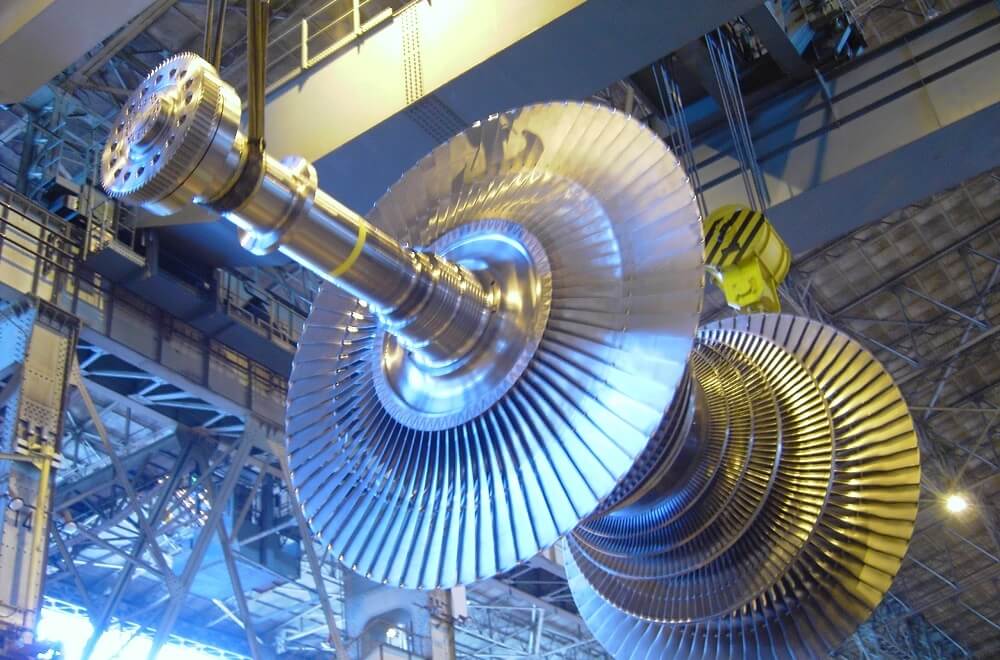High-Tech Road Solutions to Keep Vietnam Moving Forward
2018/04/02 Toshiba Clip Team
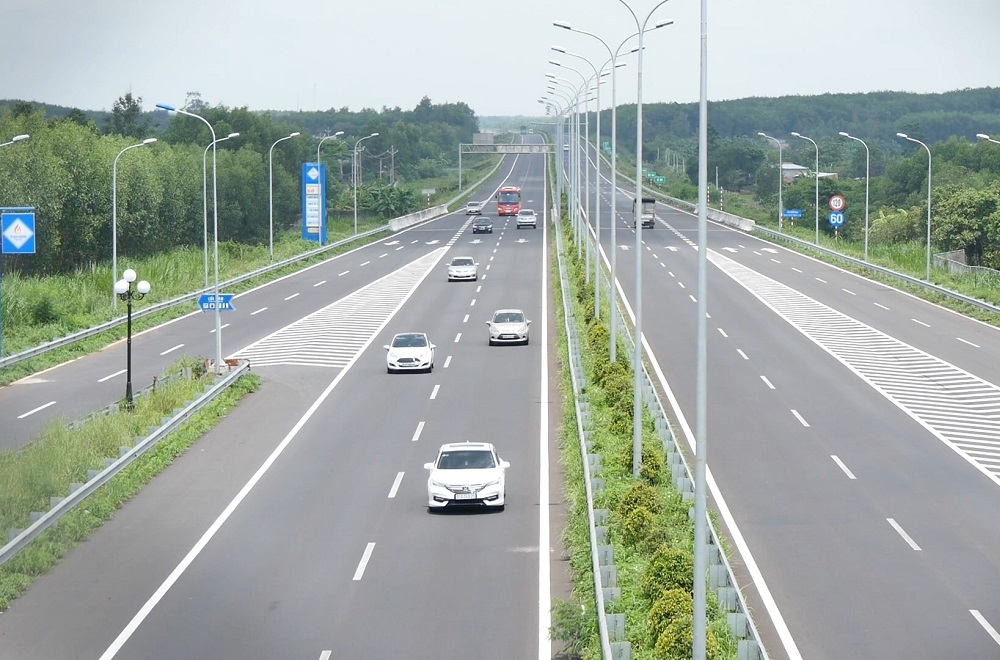
Against the backdrop of globalization, Japan, through its capabilities and experience in social infrastructure technology, is contributing to enhancing the infrastructure of countries undergoing rapid economic growth. One example is Vietnam, whose GDP per capita growth since 1990 has been among the fastest in the world.
In Vietnam, a 1,811-kilometer north-to-south expressway is under construction. A 55-kilometer section to the east of Ho Chi Minh City, which connects Ho Chi Minh City to the key industrial city of Dong Nai province, shortens the usual three-hour journey between the two places to one hour. This stretch of the highway will feature an intelligent transportation systems (ITS) conceived and installed by a Japanese consortium.
The ITS system for Vietnam Expressway Corporation is but one fruit of a consortium of Japanese companies led by Toshiba. This is the first comprehensive ITS solution put together by Japanese companies for an overseas customer. The equipment had been tested and installed, and then officially opened to the public in March, 2017.
Integrated solutions to enable a smoother road-use experience
Motorbikes, mainly commuter bikes, have long been the dominant form of private transportation in Vietnam. But the country’s rapid economic growth means they are increasingly sharing limited road space with growing numbers of cars, SUVs and so on. With Vietnam’s roads already thronged with traffic, congestion and gridlock are everyday realities for long-suffering road users in the bustling country. So, bringing the transportation system up to speed through the addition of more and better roads, including expressways, subways, and other transportation infrastructure, is a pressing national priority.
“Toshiba has more than 50 years of experience in road projects,” explains Atsushi Kawami (Highway & Traffic Solutions Engineering Dept., Social Systems Div., Infrastructure Systems & Solutions Company, as of June 30, 2017). “But, the maturity of the Japanese market has prompted us to seek new growth opportunities overseas. Our market surveys revealed the high potential of Vietnam where major road projects are gaining traction.”
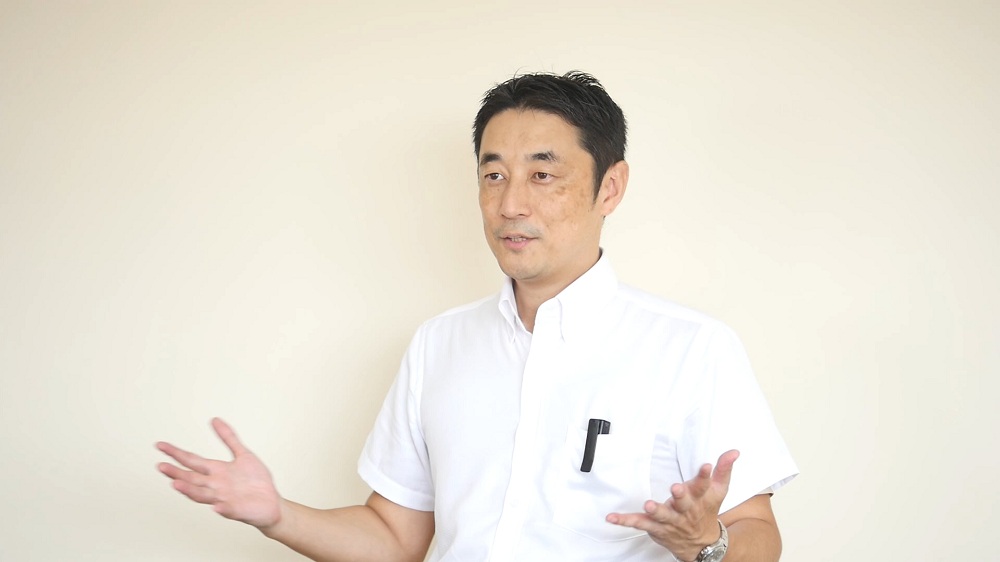
Atsushi Kawami (Highway & Traffic Solutions Engineering Dept., Social Systems Div., Infrastructure Systems & Solutions Company, as of June 30, 2017)
According to Mr. Kawami, Vietnam’s massive plan for road construction is an opportunity for Toshiba’s total solutions incorporating traffic management and toll collection systems.
“At the heart of an ITS is cutting-edge information processing technology for integrated processing of information on people, roads, vehicles, and so on to reduce the disruption along road networks and inconvenience to their users—traffic backups, accidents, and other glitches,” explains Mr. Kawami, warming to his theme. “ITS consist of various subsystems, including those for traffic control and toll collection. In this project, the consortium is responsible for every element of the system, whether central or peripheral, for the 55-kilometer stretch of expressway.”
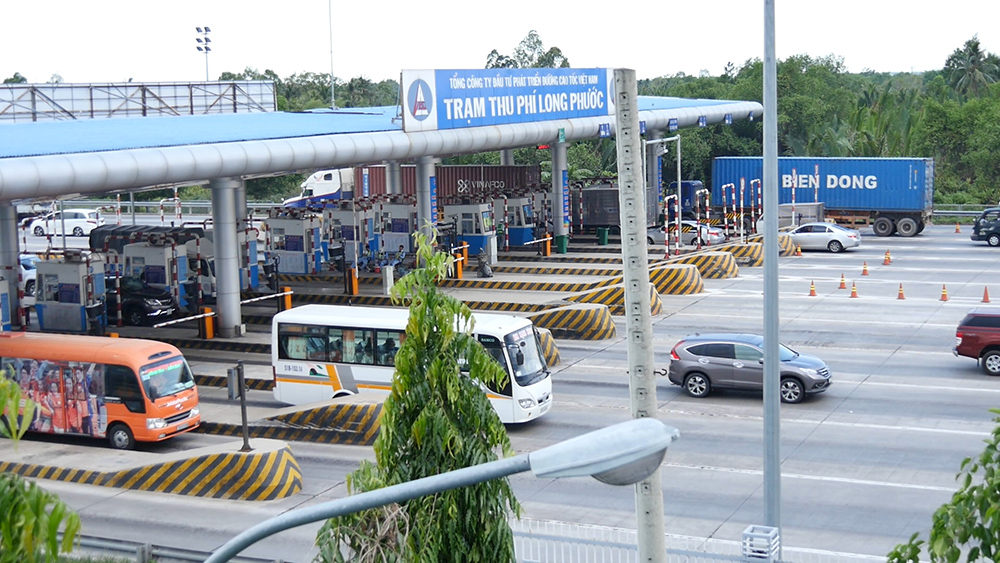
The project involves toll collection system including ETC, and installing vehicle detectors for measuring traffic flows and automatically sensing backups at 52 points. Additionally, cameras are installed to monitor 16 areas, sensors to assess weather conditions, and wireless communications equipment for use by the technicians supervising the expressway.
Overcoming differences to make a positive future
Traffic management system is familiar in Japan and consequently there is a critical mass of expertise on which to draw. However, this is not the case for some overseas markets such as Vietnam. Despite certain obstacles, some unforeseen, project members took this positively.
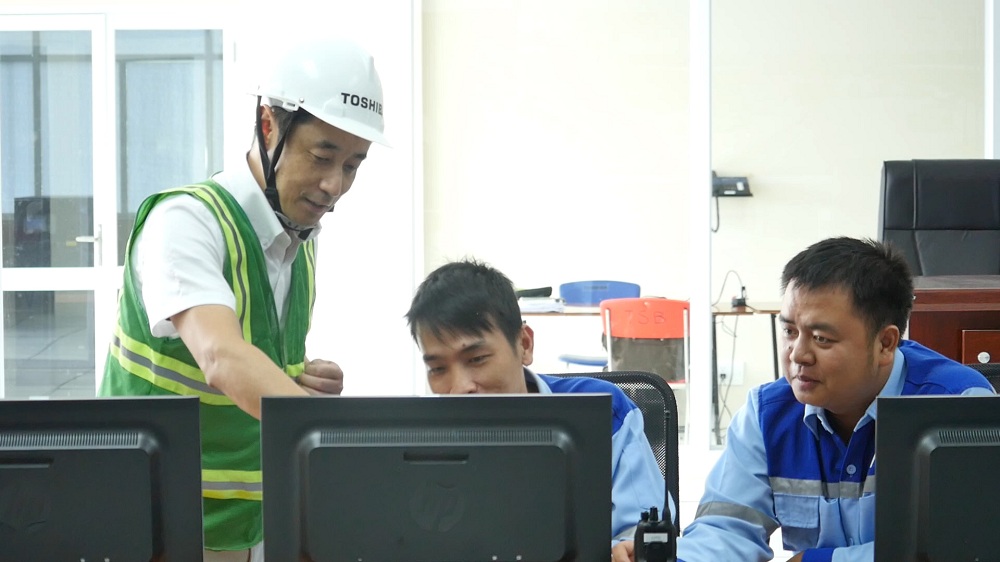
“I think the strength of Japanese companies is their strict quality awareness.” Mr. Kawami recalls. “We are also to look at the bigger picture and make comprehensive judgment. In addition, Toshiba has the relevant know-how which comes from more than 50 years of experience in road projects. The strengths of Vietnamese companies, on the other hand, are their efficiency and resilience. Because of a young, dynamic work force, Vietnamese members were able to come up with ideas that we couldn’t – for example, they decided on the place to set monitor cameras using drones.”
To make most of the strengths of both countries, the project members tried to optimize work allocation. For example, while Japanese staff designed the software of the central control system, which is the heart of the system, Vietnamese staff took initiative to design and procure the hardware and peripheral systems. This enabled a high-quality comprehensive system that is suitable for Vietnam to be installed as per the schedule and cost-effectively. The system also facilitates maintenance, which is essential for a system meant to be used for a long time.
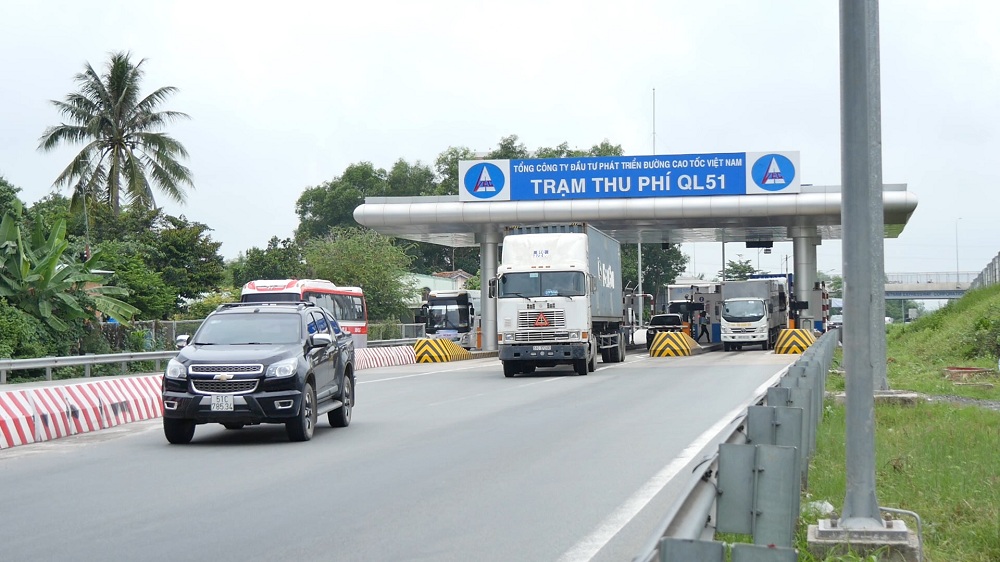
Mr. Kawami is excited about the future: “Going forward, the progress of ICT seems certain to continue, which means, for example, improvements in locational accuracy via GPS and faster information transmission. Eventually, I expect to see big advances in road infrastructure due to more accurate demand forecasts through big data analytics, as well as other game-changing technologies. It will be wonderful if we can contribute to the safety and security of people around the world by helping improve road networks, which are fundamental to well-being and prosperity.”
Certainly, success in Vietnam can be a stepping stone to a greater success for Japanese companies seeking to address burgeoning demand for social infrastructure in emerging economies.
![]()





